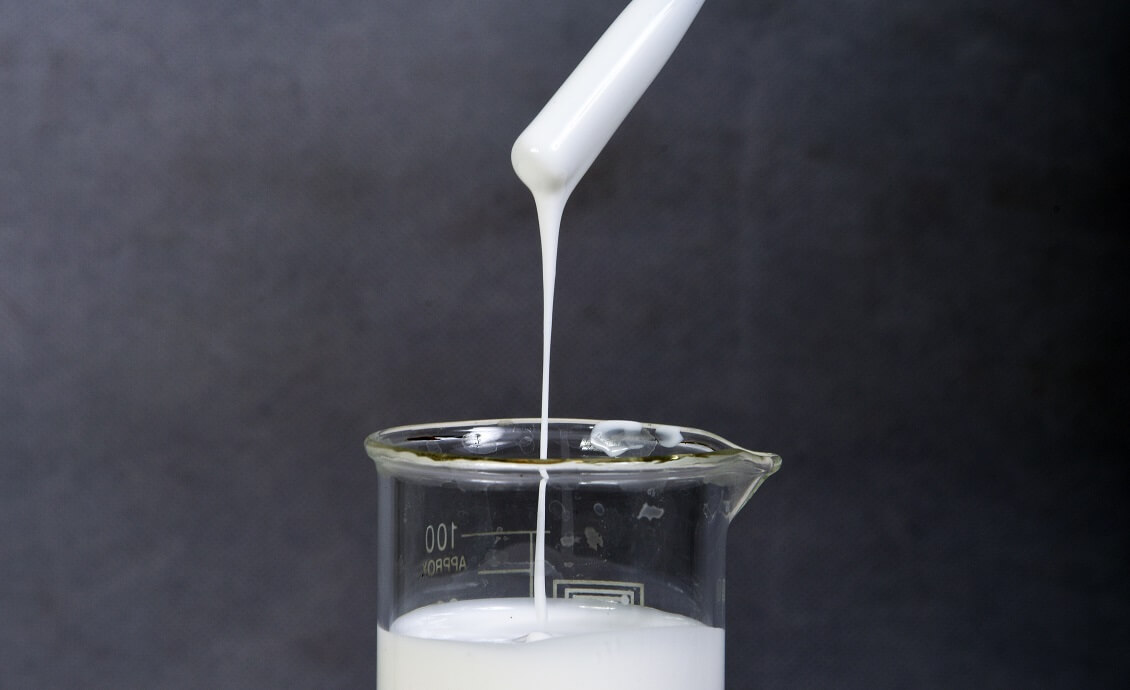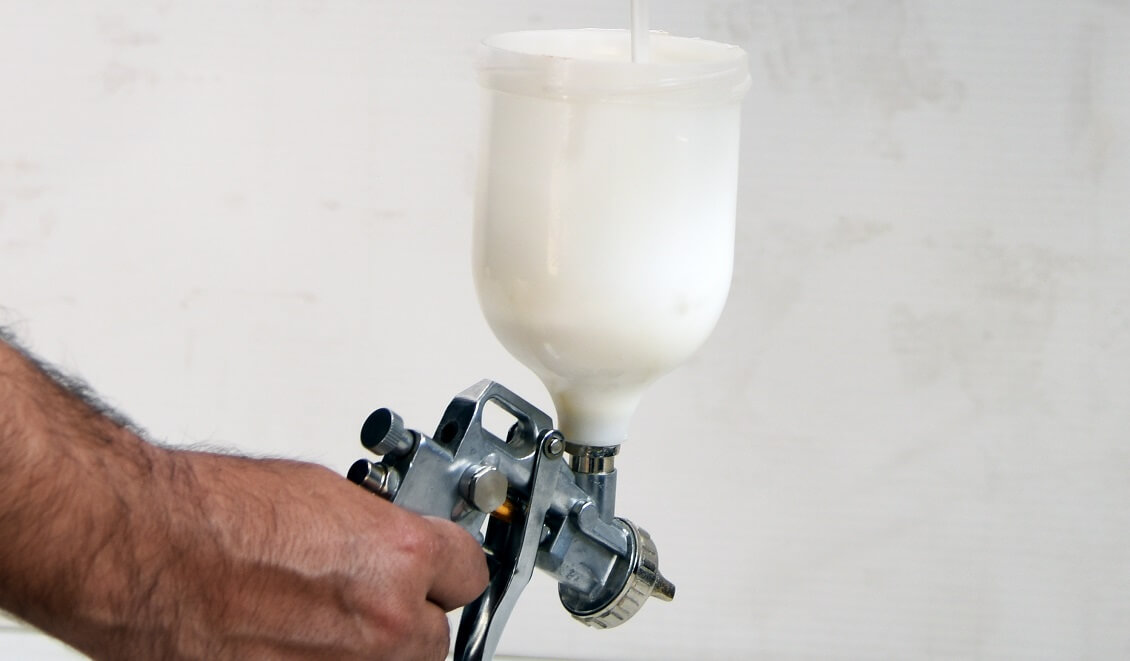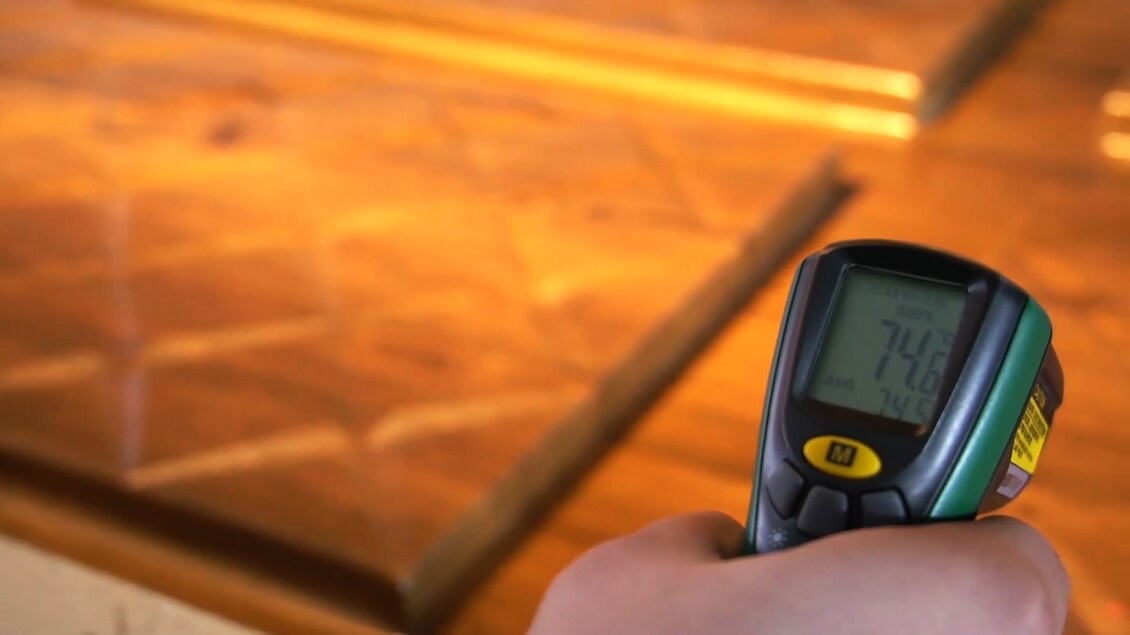Vacuum membrane adhesives are water-based solutions that, upon drying, form a transparent film. This film is activated by heat at a specific temperature and adheres to wooden surfaces, particularly MDF, under pressure when combined with thermoplastic coatings such as PVC, ABS, and HI glass. These adhesives consist of polyurethanes, which are water-dispersed and synthesized from polyols and diisocyanatos. Through a series of physical and chemical processes, polyurethane emulsions are transformed into the final vacuum membrane adhesive product.
The introduction of vacuum membrane adhesives has revolutionized the interior decoration industry. They are predominantly used for veneered boards in moisture-prone areas like bathrooms and kitchens, as well as for furniture in living rooms and bedrooms. As reactive adhesives, they have been proven to enhance film adhesion, substrate bonding, thermal resistance, and water and steam resistance.
Best Practices for Storing and Handling Vacuum Membrane Adhesives
Vacuum membrane adhesives are essential for successful bonding in various applications. Here are some guidelines to ensure their longevity and effectiveness:
Storage Duration:
Store vacuum membrane adhesives in a dry and cool place with a temperature range of 15-25 degrees Celsius.
The adhesive can be safely stored for up to 6 months under these conditions.
Use sealed packages to prevent moisture ingress.
Warehouse Environment:
Avoid exposing the warehouse to direct sunlight, as UV rays can degrade the adhesive over time.
Maintain a consistent temperature within the recommended range.
Transportation Considerations:
During transportation, vacuum membrane adhesives may experience low or high temperatures.
However, the ambient temperature should not fall below 10 degrees or exceed 35 degrees Celsius.
If the adhesive is prepared during winter, check its uniformity after transportation. Contact the supplier if any solid or unusual substances are observed.
Pre-Use Preparation:
If the adhesive has been shipped at temperatures below 15°C, gradually heat it to 25°C over 48 hours before use.
This ensures optimal viscosity and performance.
Remember that proper storage and handling contribute to the adhesive’s reliability and longevity
Precautions When Using Vacuum Membrane Adhesives
Before applying vacuum membrane adhesives, consider the following points:
Visual Inspection:
Check for Inhomogeneity: Examine the adhesive for any signs of bumpiness or non-uniformity. A smooth and consistent texture ensures optimal performance during bonding.
Two-Component Systems:
If you’re working with a two-component system, select the appropriate transverse connector. Proper compatibility between components is crucial for effective bonding.
Homogenization:
Shake the Container: Before use, vigorously shake the container containing the adhesive. This step ensures thorough homogenization of the emulsion.
A well-mixed adhesive provides consistent results and reliable bonding.

Best Practices for Using Vacuum Membrane Adhesive
Material Selection:
All parts exposed to the vacuum membrane adhesive should be made of stainless steel, Teflon, polyamide, or polypropylene, which are inert materials.
Avoid Base Metals: Refrain from contact with base metals such as zinc, brass, or copper. These metals can cause the glue to coagulate and potentially lead to clogging of nozzles and ducts.
Nozzle Specifications:
Use a nozzle with the following characteristics:
Diameter: Ideally, the nozzle diameter should fall within the range of 1.2 mm to 2.5 mm.
Pressure: Set the spraying pressure to 1-3 bar.
Proper nozzle selection ensures consistent application and efficient bonding.
MDF Component Preparation:
When working with Medium Density Fiberboard (MDF) components, take meticulous care during preparation:
Surface Cleanliness: Ensure the MDF surface is completely clean and free of dust.
Microscopic Particles: Even the smallest dirt or dust particles can become visible on the work surface after coating.
Temperature Consideration: Spray the glue onto the MDF substrate at room temperature (above 18°C).
Absorbent Areas: Tooled edges and other highly absorbent surfaces may require two coats of adhesive to achieve continuous and even coverage.

Temperature Range:
The minimum temperature for both substrates and ambient air should not be less than 18°C.
Additionally, avoid exposure to temperatures exceeding 35°C.

Best Practices for Using Vacuum Membrane Adhesive
Adhesive Coating Amount:
The required adhesive coating amount depends significantly on the quality of MDF and its absorption power.
For wet surfaces, apply not less than 50 to 70 grams per square meter (when dry, this corresponds to 20 to 30 grams per square meter).
For edges, apply between 80 to 130 grams per square meter (when dry, this corresponds to 35-55 grams per square meter).
Drying Process:
After applying the adhesive, ensure that the sprayed amount is completely dry in a dust-free environment.
Only under these conditions can the glue be effectively activated in the vacuum membrane device when heat is applied.
MDF Drying Time:
Depending on room conditions (temperature and humidity), MDF pieces will dry sufficiently in approximately 30 minutes (at around 20°C and 50% relative humidity).
Once dry, place the MDF pieces in vacuum press or vacuum membrane machines.
Temperature Adjustment:
Adjust the device temperature according to the activation temperature of the glue.
Note that the surface temperature of the MDF parts should match the glue activation temperature. Device readings may differ due to coating thickness and material.
Remember these guidelines to ensure successful bonding with vacuum membrane adhesive





No comments